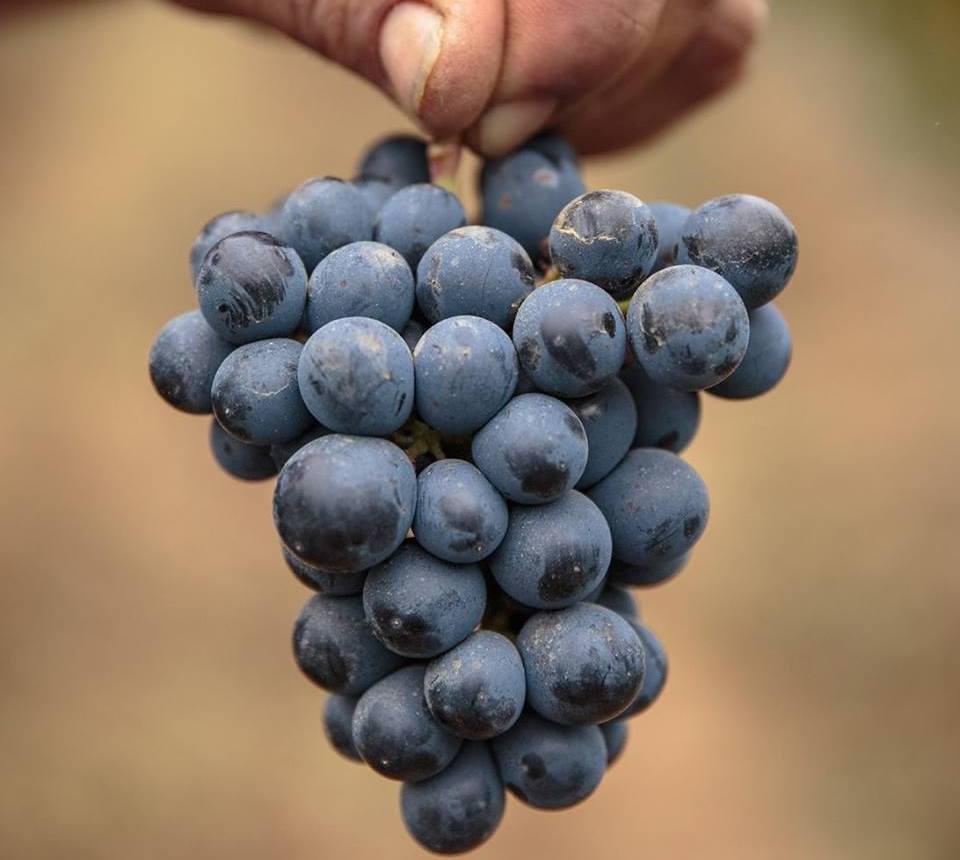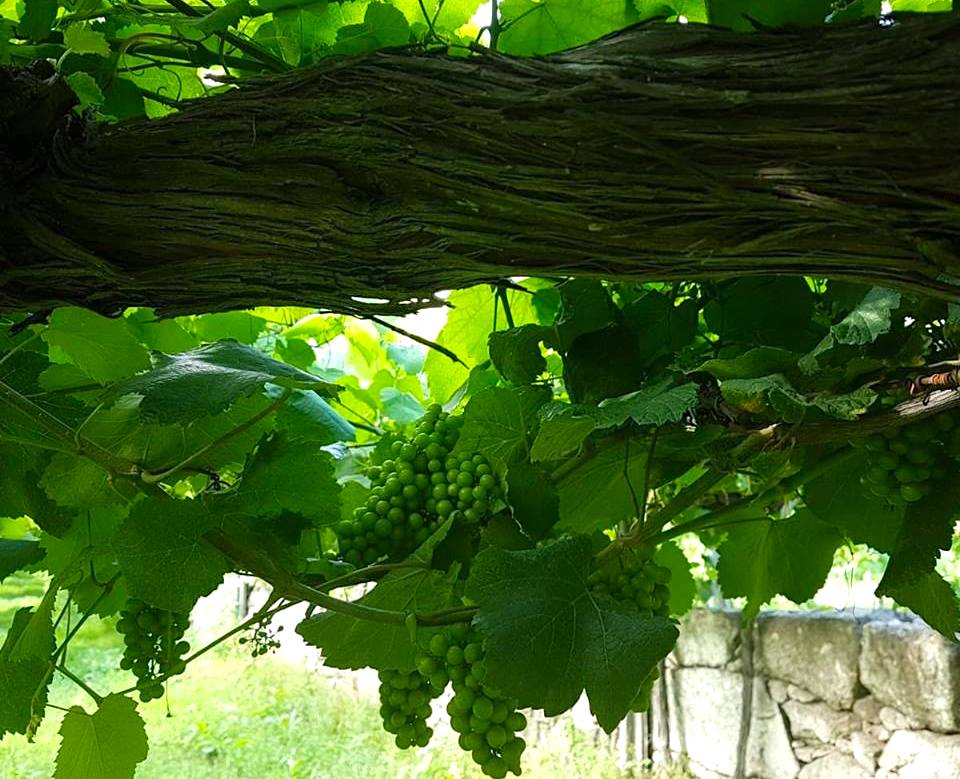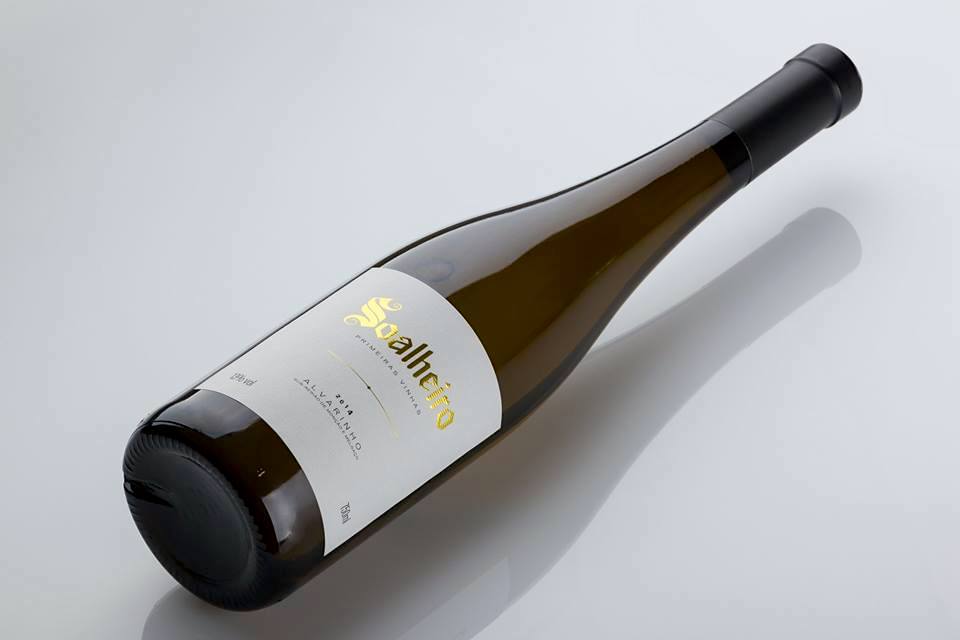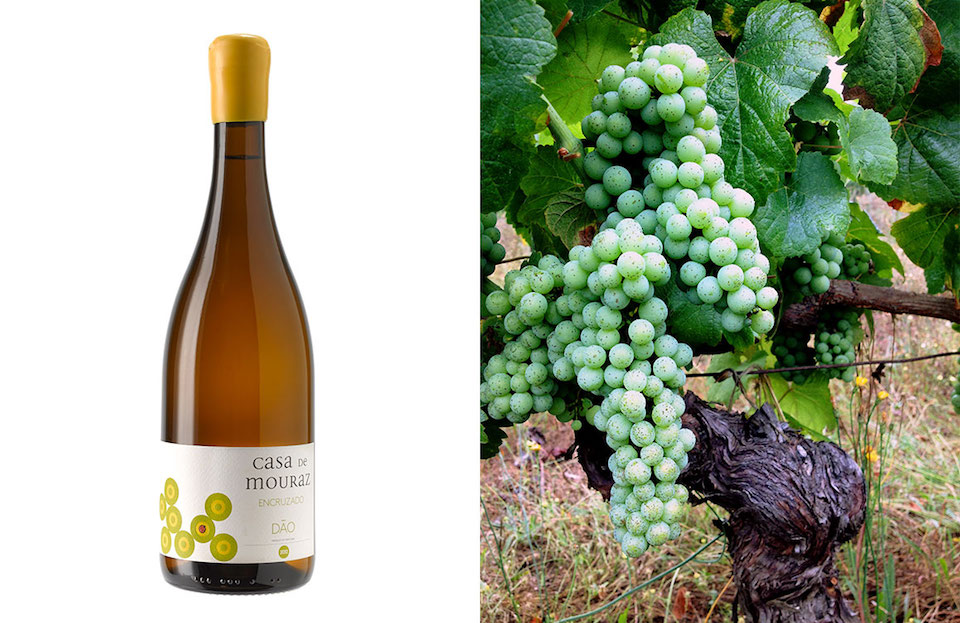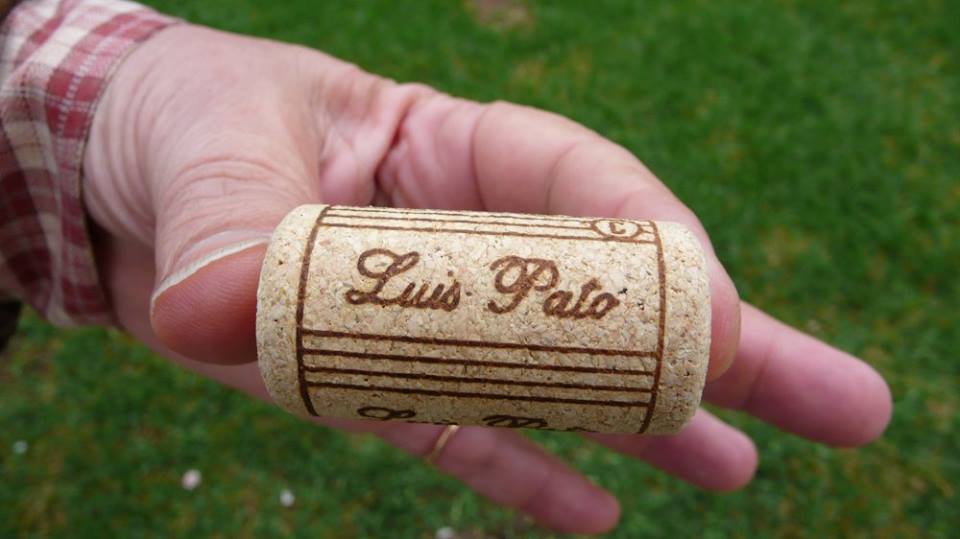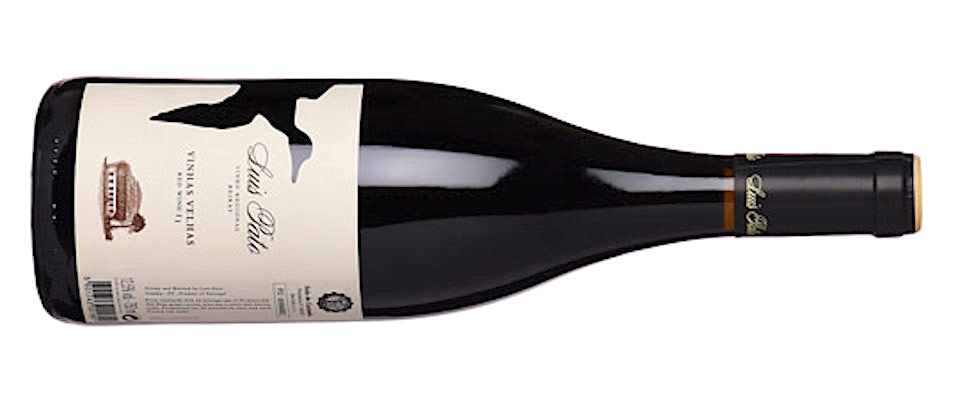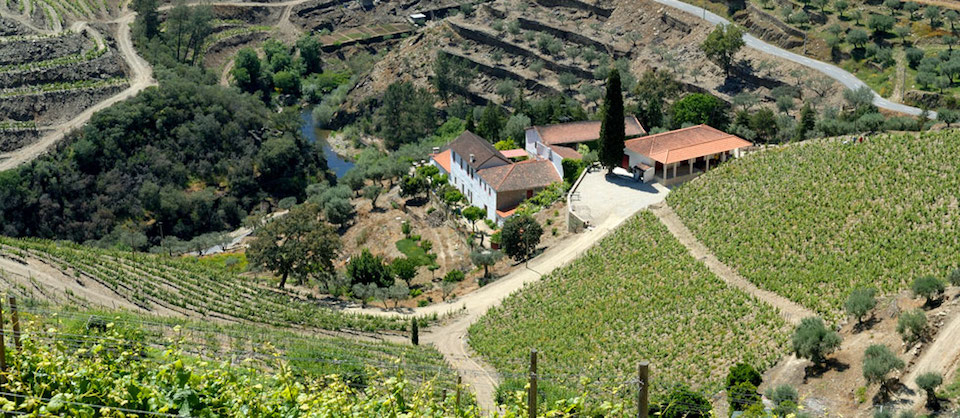Decades ago, during my very brief stint as a waiter at a restaurant that catered to a well-heeled Ivy League crowd, patrons would order bottles of Mateus Rosé or Lancers, a reflection of Portuguese viticulture that was dominated by mass-produced wines from post-War cooperative wineries initiated by the dictatorship of Salazar.
Fortunately for Portuguese oenophiles, the years following the Carnation Revolution in 1974 and Portugal’s entrance into the EU in 1986 have been a boon for Portuguese viticulture. In the past few decades, numerous independent wine estates have opened in former quintas, the Portuguese term for large land estates originally used for agricultural purposes.
As a center of viticulture since the Bronze Age, Portugal is Europe’s fourth-largest wine-producing region. Roughly the size of the state of Indiana, Portugal cultivates more than 250 native grapes in 31 designated DOCs. The country’s varied topography, from verdant plains to cork forests, with a maritime climate to the west and dry conditions in the east, provides a diverse terroir that produces a broad range of wines from the lightly effervescent green wines of Vinho Verde to rustic reds and hearty port.
For more than 800 years, Portugal has been exporting wine, perhaps most notably the wines of the Douro Valley, home to the world’s finest Port. Amidst such an abundance of indigenous grape varieties, Portugal viticulture is far more than port—and today’s winemakers are showcasing wines from lesser-appreciated DOCs such as Bairrada and Dão. Today’s revolution in Portugal is marked less by carnations than by fine wines.
Alvarinho: While many wine lovers have been clamoring for dry Rieslings, enamored of the grape’s distinctive floral botanicals, savvy oenophiles have turned their focus to Alvarinho (or Albariño, as the grape is known in Spain).
When the grape first arrived on the Iberian Peninsula in the 12thcentury, the aromatic white grape was thought to be a relative of Riesling—thanks to its floral profile and high acidity. One of the first grapes to be bottled in a single variety, Alvarinho is grown in the cool, hilly region of Vinho Verde, where, increasingly, it is blended with Loureiro.
At the family-run winery Quinta de Soalheiro, the Alvarinho is produced in Melgaço, the northernmost point of Portugal. Protected by a mountain range, the region produces a favorable microclimate for Alvarinho’s intense freshness. At Soalheiro, which is named for the brilliance of the sun on the vineyards, the Alvarinho is a classic example of the wine’s elegant balance. Founded in 1982, Soalheiro is committed to organic viticulture and a desire to protect the ecosystem by sustaining environmental biodiversity—and in 2017, the winery launched its first Alvarinho produced without the addition of sulfites.
Soalheiro Alvarinho Primeiras Vinhas 2014 opens on the nose with pineapple and kiwi alongside Alvarinho’s distinctive hints of minerality. Harvested by hand from vines as old as 40 years, this “first vines” classic captures the epitome of Alvarinho’s graceful equipoise. Pale yellow in color with tints of green grass, this beauty behaves with perfect posture on the cusp of tropical and mineral, with the slightest salinity in the finish. Winner of the Gold Medal at Mundus Vini Summer Tasting 2015 in Germany, this full-bodied Alvarinho scored 90 points with Wine Spectator and retails for approximately twenty-five dollars.
Splendid as an aperitif alongside seafood and shrimp cocktails, this is a wine that could work equally well with fried clams or even fish and chips—given the wine’s well-balanced acidity.
Encruzado: For many Portuguese wine growers, the indigenous Encruzado is the most noble white grape planted on the granite and sandy soils of the Dão DOC. Beloved for its delicate floral notes of violets and rose with light citrus and resin, Encruzado is celebrated for its ability to balance perfectly on the edge of sweetness and acidity.
Named for a 12th-century monastery, Casa de Mouraz heralds a return to the vineyards that have remained in one family for generations. Situated in the heart of Portugal’s north-central Dão region, the 61-acre winery earned organic certification in 1997. Thereafter, Casa de Mouraz began working with biodynamic preparations and practices—and in 2009, the vineyard became a member of the biodynamic producers La Renaissance des Appellations.
The color of pale straw, Casa de Mouraz Encruzado 2015 gives off notes of grapefruit and passionfruit with a hint of fennel. There’s freshness on the palate, redolent of nectarine and almond—with a light creaminess in the mouth followed by a pleasing flintiness on the finish. That’s the elegance of Encruzado: perfectly perched.
A well-structured wine meant to complement food, such as tuna tartare or pasta with salmon, Casa de Mouraz Encruzado 2015 is a lovely expression of this noble grape’s virtuosity—and a bargain at less than twenty dollars.
Baga: If you’re a fan of Barolo and Burgundy, then think Baga. Once you’ve consorted with this north-central variety that is strikingly evocative of Nebbiolo or Pinot Noir, Baga might well become your latest fixation. Notable for its supple tannins and vibrant acidity, Baga pairs beautifully with food, particularly rich stews with duck and pig—and American barbeque.
One of Portugal’s highest yielding grapes, Baga is most often found in the Beiras region, where the Pato family has been producing wine since the 18thcentury. In recent years, Luis Pato has become known as “Senhor Baga” for his tireless advocacy of Baga’s multiple pleasures.
Grown in vineyards with an average age of 45 years In the Bairrada region along the Atlantic coast, Luis Pato Vinhas Velhas Vinho Regional Beiras Red Wine (2011) opens with notes of violet and tobacco on the nose—and a hint of cedar. A beauty on the palate, the wine reveals its true quality when sipped with feta or tapas—or a spicy seafood stew, at which point, the wine’s compliant structure proves itself an able culinary companion. The wine’s lively acidity is nicely balanced with silky tannins and a pleasing smoky savory quality on the finish.
Fermented for 30 months on new and used French oak casks, this is a wine for the cellar—if you can resist its immediate appeals. With this wine, Luis Pato makes another convincing argument for the seductive power of Baga. Plus, it’s a steal at approximately twenty-five dollars.
Touriga Franca: Those who reach intuitively for Malbec or Merlot might consider Touriga Franca. The most widely grown dark-skinned grape in Portugal’s Douro Valley, Touriga Franca is hardy and easy to cultivate, which has made it a workhorse grape for port and dry red blends. Notable for its delicate aromas of black berries and flowers and deep pigment, Touriga Franca is one of Portugal’s principal blending grapes.
Jointly owned by the Bohrmann family and winemaker Jorge Serôdio Borges, Quinta do Passadouro dates back to the 18thcentury as a well-known domain for its port wines. The 40-acre estate is situated on the left bank of the Pinhão River in the Douro Valley with vines ranging in age to 70 years. Grown organically on slate terraces, the grapes at Quinta do Passadouro are picked by hand.
Even in Portugal, it’s a little unusual to find a wine that is 100% Touriga Franca—and yet Quinta do Passadouro Touriga Franca 2013 makes a strong argument for Touriga Franca as a single varietal. Ripely floral and full of forest fruits, this ruby red wine clocks in at 14% alcohol—yet it’s the black fruit and spice that dominate on the palate. Holding back initially, the restrained tannins provide structure for this sensual beauty that has been aged for 18 months in French oak. Let this one linger in the glass and it seduces with velvety finesse.
For those who choose not to cellar this thirty-dollar beauty, it’s perfect as an accompaniment to richly-seasoned roasts—or the darkest of chocolates.

